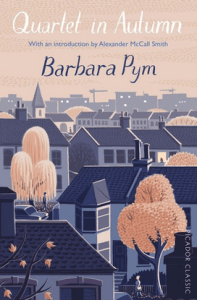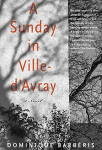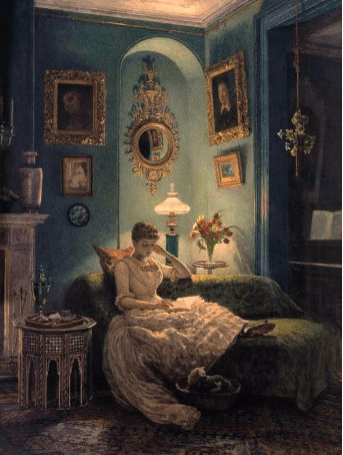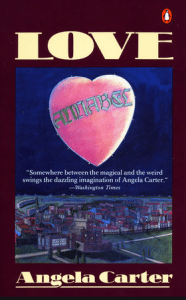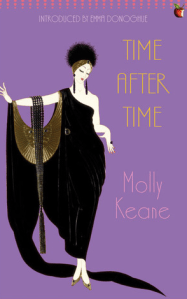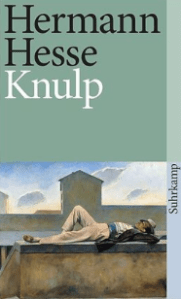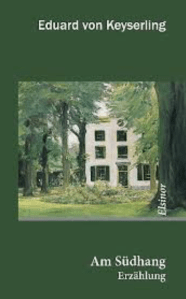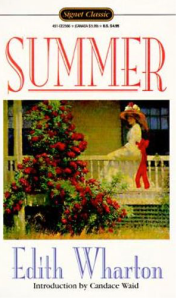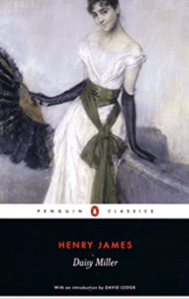









This is a bit of a déja-vu situation. At the beginning of last year, I returned to blogging with my best of list and then wrote a post for January in Japan. I had every intention of blogging regularly again but so many things went wrong, so many heartbreaking things happened. GLM was the date I had fixed to finally return but plans were made without me. I wish I had at least been consulted or informed . . . It felt like having climbed a mountain only to be pushed down again upon arrival. In many ways, that fit well into the overall theme of 2023. What a sad and exhausting year. But enough of this. Lets get to my list.

At the beginning of 2023 I went through an Elizabeth Strout phase, reading many of her books. I didn’t get to the Olive Kitteridge books or they might have been on the list but I read all the Lucy Barton novels and really loved them. Reading them felt like listening to someone tell you about their life. I can’t remember all the details but I remember how much I enjoyed them.

Maybe one could say, this was the year of life stories as I’ve read a few of them this year. Marzahn Mon Amour was one of my favorites. At forty, the author, an unsuccessful writer, decided to become a chiropodist and was working in Marzahn. Marzahn used to be the biggest prefabricated housing estate in the former GRD.

When I visited Berlin, I went to see Gropius Stadt, which is similar, but not as huge. The atmosphere in Marzahn is quite oppressing, yet the people Katja Oskamp meets are full of life, colorful, eccentric. I highly recommend this book. I read it in German, so I don’t know who translated it but since it was published by Pereine, I’m sure it was done very well.

I don’t think that Volker Weidermann’s Mann vom Meer has been translated yet but since other books by Weidermann have, it is posible this will be picked up by an anglophone publisher. I liked the idea and the book very much. It looks at Thomas Mann’s life and novels by focusing on his love for the sea. It contains a lot of quotes from his masterpieces like Buddenbrooks or Der Zauberberg. The book made me want to reread and read everything Mann has written. I also learned quite a few things about his life I didn’t know or had forgotten.

Josie George suffers from a condition that causes her incredible pain. She’s had it since she was a child and it has affected every area of her life. Most days she can barely walk. Doing things takes immense strength, leaving her exhausted. But A Still Life is more than an account of an incurable illness and the frustrations that come with it (also regarding doctors and medicine). It’s a story of remarkable resilience and of someone who is able to capture the beauty of the smallest things. The book is full of beautiful descriptions and observations. Its wise and gentle and ultimately very uplifting.

Whenever I read one of Eduard von Keyserling’s novels, it is bound to be among my favorites. I just love his writing so much. Abendliche Häuser is another one of those mournful tales of a dying society. In this novel, duels and class consciousness are slowly perceived as being less honorable than absurd. At the heart of Abendliche Häuser is a strong, independent young woman who follows her own heart and convictions. It seems this novel, which was published in 1914, was translated into English in 1927 but I don’t think it’s still available.

In Ascension is such a haunting novel. I always find it fascinating to read about people who are so passionate about what they are doing. The protagonist of this novel, Leigh, is a microbiologist. She first joins a team that explores an unexplainable deep vent in the ocean and then goes on a space mission. The story of this book is captivating but what I liked even more was the atmosphere. It’s hard to describe but it’s so lovely and amazing to see and experience the world trough Leigh’s eyes. Some parts towards the end reminded me a bit of the movie Gravity.

At Weddings and Wakes was my second Alice McDermott novel and once again, I was in awe of her writing. Is there anyone else who writes scenes like she doe? Her style is so amazing. But I also like her protagonists and settings. Most of her books are set in Brooklyn among Irish Catholic immigrants. Needless to say, religion plays a role. The family in this story is very eccentric which I enjoyed a lot. It was often like reading about big Italian families and since I’m half Italian, many characters felt familiar.

Cold Enough For Snow might be my favourite novel of 2023. It’s a bit surprising as initially I didn’t think it was all that good. Funny enough, I’m still not sure it is but I loved it. I loved it because it spoke to me and reminded me of places and things that are important to me. It also reminded me a bit of some of Tabbucchi’s stories. The main character and her mother are on a vacation in Japan. The descriptions are beyond beautiful. But there are other descriptions of places which I liked even more. The protagonists mother is from Hong Kong and there are passages describing the beauty of Hong Kong that capture it exactly as I remember it. The landscape around it, the mountains, the lights and skyscrapers and that balmy air I’ve experienced nowhere else. The book also explores a theme that fascinates me a lot – the way families tell their stories and how sometimes they tell various versions of a story. In the end, nobody knows, which is the true story.

Ogai Mori’s The Wild Geese was the only book I reviewed last year. Here’s a snippet from my review:
What impressed me the most, is how immersive this story was. Reading it felt like making a trip to a distant place and time. The imagery, themes, and story are so haunting, I don’t think I’ll forget them any day soon.
The link to the review is here.

Kick the Latch is such a unique book. Until you pick it up for yourself, you’ll probably never understand what makes it so great. It is based on a series of interviews that Katrhryn Scanlan did with Sonia, a horse trainer from the Midwest. Scanlan herself stays completely out of this, also its not rendered in interview form but like short and very short accounts of a very unique life and a world most of us haven’t experienced. To say, Scanlan stayed out of the story is misleading though. She’s not present as a character or the interviewer but she is very present in the way she chose to tell this story, in the way she condensed, chose titles for even the shortest chapters. It’s brilliant. I loved the book as much for its style and form as for the subject matter. Its touching, moving, heartbreaking and infused with a strange, wild beauty.
I might not have read as much as I usually do, but I’ve read a few books, especially at the beginning and towards the end of the year, that I’m not likely to forget.
How about you? Which books stood out for you?



